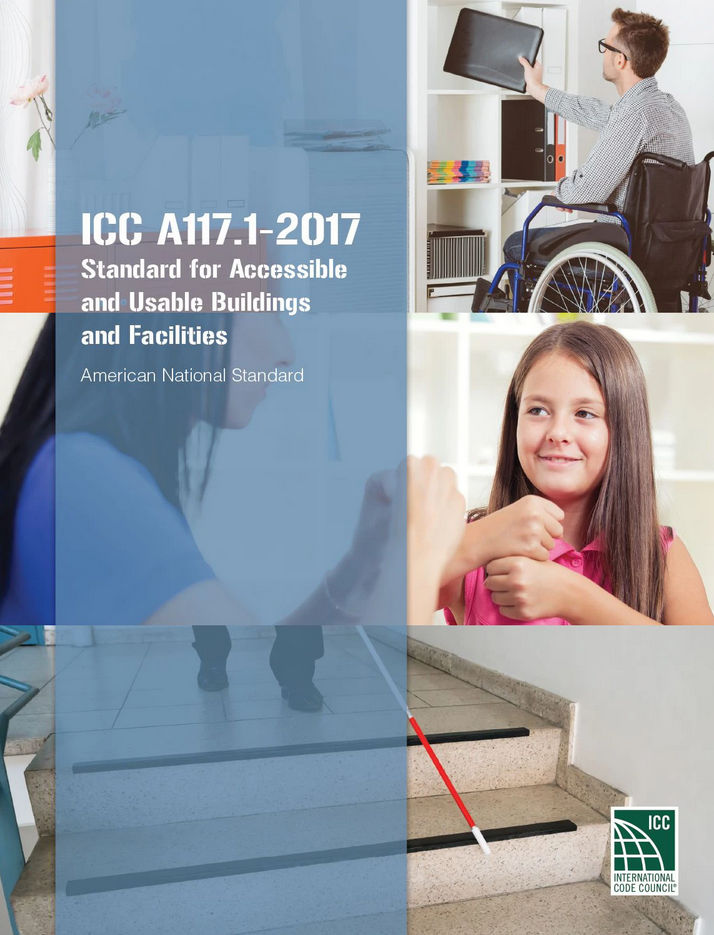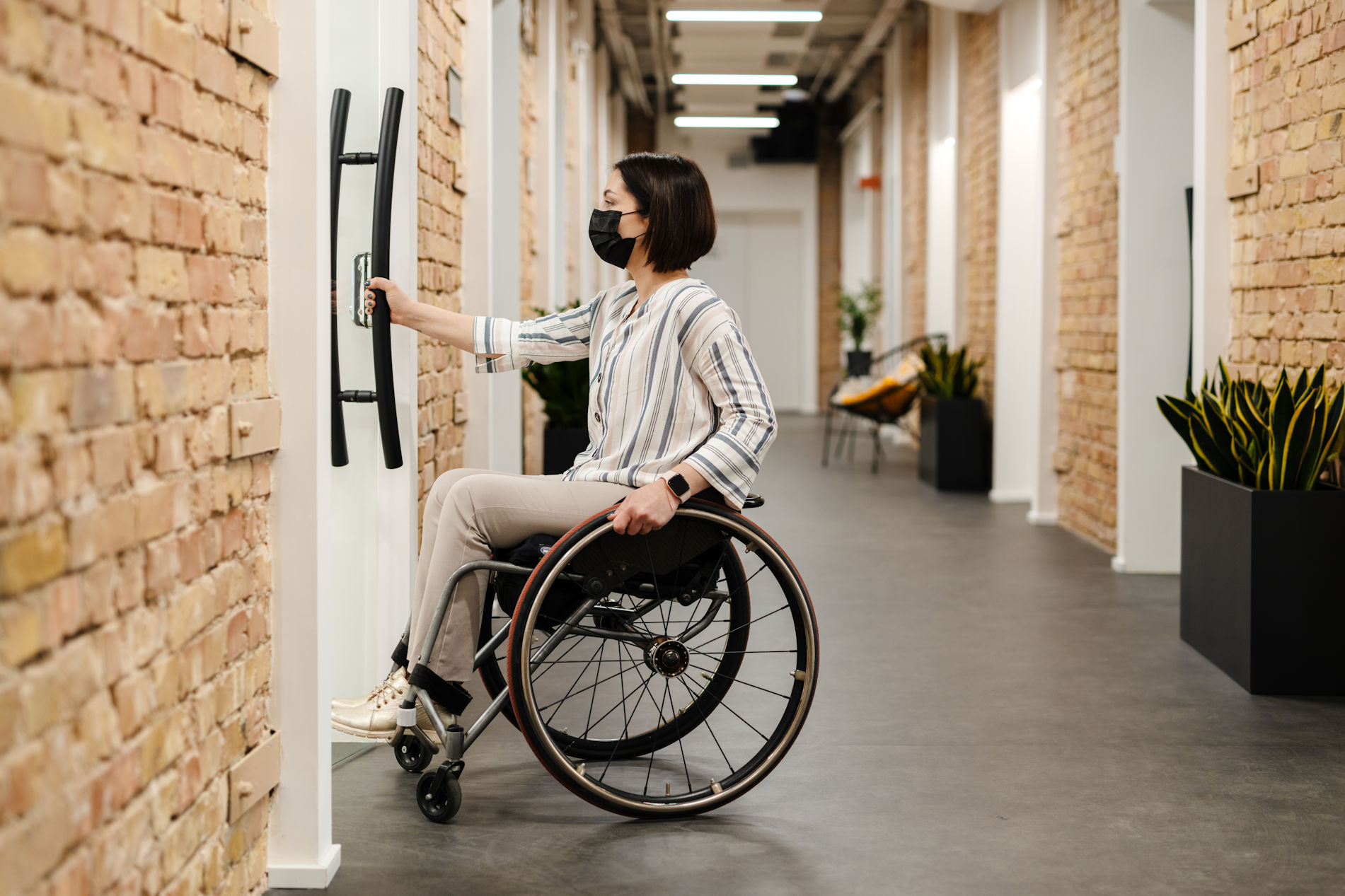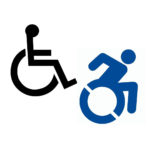 In the United States, we tend to take code compliance for granted when it comes to door openings. When we approach a door, we assume that we will know how to use the hardware, it will be readily operable, and the door can be opened. I can say from experience that this is not necessarily the norm around the world, particularly with regard to accessibility.
In the United States, we tend to take code compliance for granted when it comes to door openings. When we approach a door, we assume that we will know how to use the hardware, it will be readily operable, and the door can be opened. I can say from experience that this is not necessarily the norm around the world, particularly with regard to accessibility.
This week marks the 33rd anniversary of the Americans With Disabilities Act (ADA), and this excerpt from the Federal Proclamation on the Anniversary of the Americans with Disabilities Act struck me:
It is hard for younger generations to imagine a world without the ADA, but before it existed, if you were disabled, stores could turn you away and employers could refuse to hire you. Transit was largely inaccessible. America simply was not built for all Americans, but courageous activists pushed to change that. In 1973, the Congress passed the landmark Rehabilitation Act, banning discrimination by any federally funded entity. Then, 17 years later, a bipartisan group of legislators persevered in passing the ADA, banning discrimination against people with disabilities in most areas of public life, from the workplace and public schools to public transit and telecommunications.
The current philosophy of the codes is that if a door opening is not specifically exempt, it must meet the requirements for accessible doors. There are very few exceptions in the codes that exempt doors in specific locations from accessibility compliance. Progress has been made, but there is still work to be done to ensure that buildings are accessible. As I mentioned in my recent Decoded article on accessibility, one step forward would be to establish more prescriptive guidelines, or ideally a referenced standard, to help determine whether a particular product is compliant with the accessibility requirements.
 In addition to the ADA Standards for Accessible Design, the other accessibility standard that is widely used across the U.S. is ICC A117.1 – Accessible and Usable Buildings and Facilities (some states also have their own standards). According to a recent article in the ICC’s Building Safety Journal:
In addition to the ADA Standards for Accessible Design, the other accessibility standard that is widely used across the U.S. is ICC A117.1 – Accessible and Usable Buildings and Facilities (some states also have their own standards). According to a recent article in the ICC’s Building Safety Journal:
As additional necessities come to light, changes must be made to accommodate the needs of as many people as possible. Achieving accessibility is therefore an evolving process for building safety professionals and all who are involved in developing, refining and updating the A117.1 Accessibility Standard.
“The first edition of the A117.1 standard was issued in 1961,” said Ken Schoonover, an independent consultant who has been involved with A117.1 for more than four decades. “It came about as a product of advocates for people with disabilities. Over time, the standard has responded to new issues that have been identified, new technology that has come along and expanded the types of disabilities that need to be accommodated in buildings.”
The A117.1 standard is updated on a 5-year code development cycle, and the draft for revisions to the 2017 edition is now open for public comment. You can see the proposed changes and submit public comments by visiting iccsafe.org.
Both of these standards help to ensure access for building occupants, regardless of physical ability. Although we may become ultra-focused on the technicalities of the standards that apply to door openings (size requirements for levers, thumbturns, and other operable parts, where to measure opening force, etc.), it’s important to remember the purpose of the requirements – access for all.
You need to login or register to bookmark/favorite this content.










I didn’t really understand the intent of “accessible door hardware” until my mother (who lives with me in an in-law) developed severe wrist disability. I had to change out all the round door knobs to levers for her. She simply couldn’t grasp and twist the others! Now, as a local fire marshal, I make sure all door hardware is correct and usable by ALL building occupants. Sometimes you need to experience the need a bit before it all clicks! I’m happy to do my part to help build an accessible world!
Thanks for sharing your insight!
– Lori